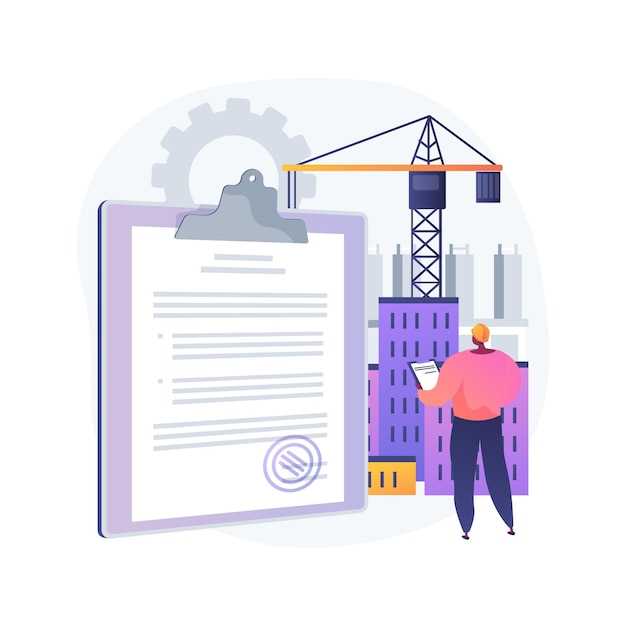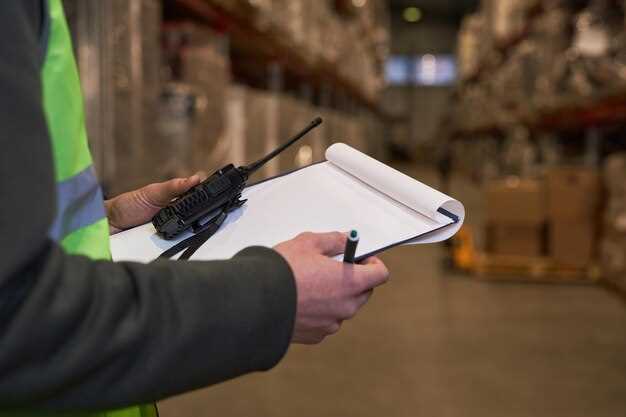
Ensuring compliance with the Department of Transportation (DOT) regulations is a critical aspect of operating a safe and efficient transportation system. Routine inspections are essential for maintaining vehicles and equipment, identifying potential issues, and ensuring safety standards are met. These checks not only help avoid costly fines and legal ramifications but also promote the overall safety of the public and the integrity of the transportation industry.
DOT compliance requires that all transport-related entities adhere to specific safety and operational standards. Regular inspections create a proactive approach, allowing fleets to identify and rectify any compliance issues before they escalate. Engaging in these routine checks fosters accountability and enhances operational efficiency, which is vital in a highly regulated environment.
Furthermore, routine inspections play a significant role in driver safety. Drivers can only perform their duties effectively when they are confident that their vehicles meet DOT regulations. By implementing a schedule of consistent inspections, transportation companies can mitigate risks, reduce downtime, and ensure their fleet remains compliant with all necessary guidelines.
Understanding the DOT Inspection Process and Requirements
The Department of Transportation (DOT) requires strict adherence to safety standards for commercial vehicles, ensuring the safety of the driver, passengers, and the public. The DOT inspection process is crucial for maintaining vehicle compliance and safety on the roads.
Inspections are conducted regularly and can be categorized into several types, including routine inspections that verify vehicle condition and compliance with DOT regulations.
Here are key aspects of the DOT inspection process:
- Preparation: Before any inspection, drivers and fleet operators should ensure that all necessary documentation is readily available, including registration, insurance, and maintenance records.
- Types of Inspections:
- Pre-Trip Inspections: Conducted before each trip to identify any potential issues.
- Annual Inspections: Required yearly, focusing on the comprehensive condition of the vehicle.
- Random Inspections: DOT officers may perform unplanned checks to enforce regulations.
- Inspection Points: Inspectors will evaluate various components of the vehicle, including:
- Brakes and Suspension Systems
- Lights and Reflectors
- Tires and Wheels
- Fuel Systems
- Emergency Equipment
- Compliance Standards: Vehicles must meet specific safety standards, and any deficiencies found during an inspection can lead to penalties or required repairs before re-inspection.
- Documentation of Findings: Inspectors provide a report detailing the results of the inspection, including any violations that need addressing.
Understanding and adhering to the DOT inspection requirements not only ensures compliance but also enhances road safety. It is essential for all commercial vehicle operators to prioritize these inspections as part of their routine operations.
Key Benefits of Regular Routine Checks for Fleet Safety

Regular routine checks are essential for ensuring fleet safety and maintaining compliance with DOT regulations. These inspections not only identify potential issues before they escalate but also contribute to the overall reliability of the vehicles.
One of the primary advantages of routine checks is the early detection of mechanical problems. By systematically checking each vehicle, fleet managers can address minor repairs before they lead to major malfunctions. This proactive approach minimizes downtime and enhances operational efficiency.
Additionally, regular inspections help to ensure that all vehicles meet DOT safety standards. Compliance with these regulations protects the company from hefty fines and legal disputes. Operating within these guidelines underscores a commitment to safety, which can enhance the company’s reputation and build trust with clients and the public.
Routine checks also improve driver safety. By ensuring that vehicles are in optimal condition, drivers can operate with confidence, reducing the risk of accidents caused by mechanical failures. This emphasis on safety ultimately leads to fewer insurance claims and lower premiums, contributing to long-term cost savings for the fleet.
Moreover, consistent inspections foster a culture of accountability within the organization. When routine maintenance checks are part of the daily operational protocol, it encourages drivers and maintenance staff to take ownership of vehicle safety. This collective responsibility enhances the overall safety culture of the fleet.
In conclusion, regular routine checks are a vital component of fleet safety. They ensure compliance with DOT regulations, enhance vehicle reliability, protect drivers, and promote a culture of safety within the organization. Investing time and resources in these inspections is crucial for any fleet management strategy.
Common Compliance Issues Discovered During DOT Inspections

During Department of Transportation (DOT) inspections, several common compliance issues frequently arise. Identifying these problems is essential to ensure safety on the roads and adherence to regulatory standards.
One of the most prevalent issues found during inspections is the improper maintenance of vehicles. Inspectors often check for worn tires, inadequate brakes, and malfunctioning lights. Vehicles that do not meet safety regulations can pose significant risks not only to the driver but also to other road users.
Another frequent concern is the lack of proper documentation. This includes missing or incomplete records for vehicle maintenance, driver qualifications, and hours of service logs. Adequate documentation is critical for demonstrating compliance with DOT regulations and ensuring accountability.
Driver qualifications also play a vital role in compliance checks. Inspectors verify that drivers possess valid licenses appropriate for their vehicle types and that they have completed necessary training. Non-compliance in this area can lead to serious penalties and jeopardize the safety of operations.
Substance abuse testing is another area where compliance issues often occur. DOT mandates random drug testing for commercial drivers, and failure to adhere to these requirements can result in significant fines and loss of operating privileges.
Load securement is a crucial aspect of cargo transport compliance. Inspectors frequently check whether cargo is secured correctly to prevent shifting during transit. Improperly secured loads can lead to accidents and cargo damage, compromising safety and operational efficiency.
Lastly, vehicle emissions and environmental compliance checks are increasingly important. Compliance with the Environmental Protection Agency (EPA) regulations is often reviewed during DOT inspections, and violations can lead to fines and remedial actions.
Addressing these common compliance issues during DOT inspections is vital for maintaining operational safety and ensuring adherence to federal regulations. Regular self-inspections and proactive maintenance can help mitigate potential problems before they become critical during official inspections.




